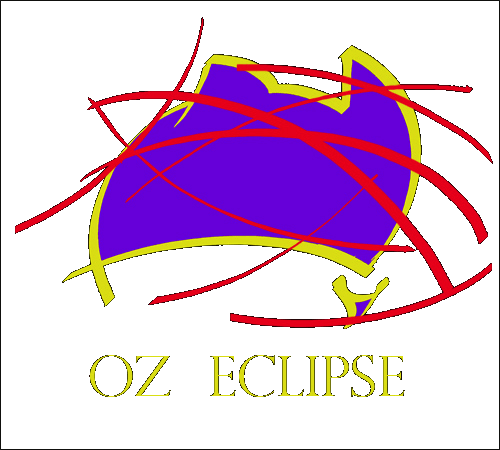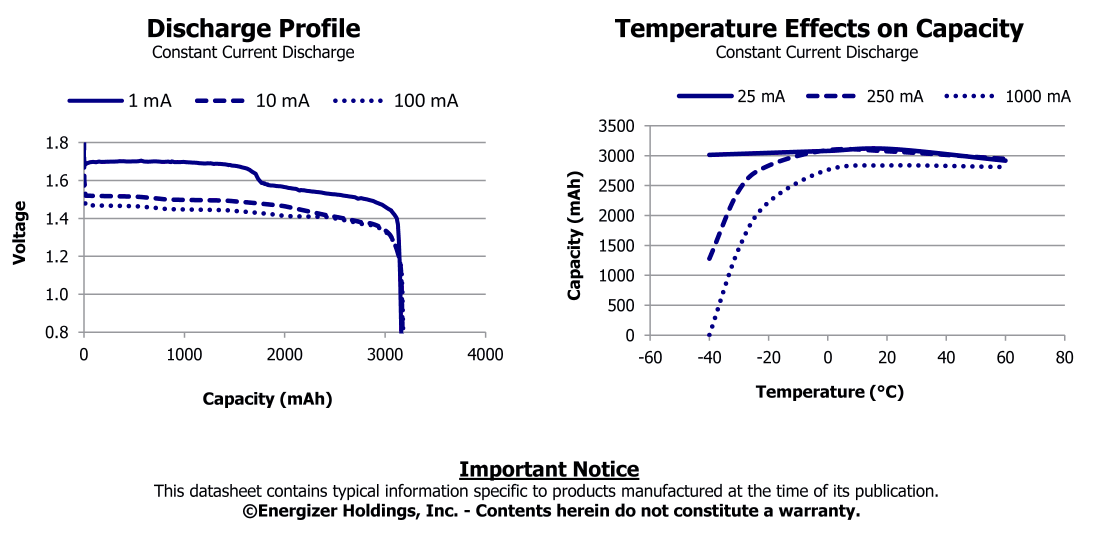 |
|
WAITING FOR THE
SHADOW
SOLAR AND LUNAR
ECLIPSE OBSERVING
|
Technical descriptions, equipment, methods and performance.
Equipment used
Optical & Cameras
1. Pentax K-01 mirror-less camera with Pentax 10-17mm f3.5 full frame fish-eye lens.
Camera has internally programmable time-lapse movie function. Can
be programmed to capture stills or to capture images and then render
direct to movie format. Camera only capable of taking one D-Li-90
1500mAhr rechargeable Li ion battery.
Time lapse started at 9:02 UT 1 frame every 2s x 770 frames.
Ended at 9:28UT 10mm f3.5 ISO 100. Compensation -1.5eV
2. Pentax K5 DSLR + William Optics M70 70mm f6 APO refractor
ISO 100 1/4000s-2s using overlay exposure bracketing.
K5 has moderately low noise Sony sensor and is ruggedized with o-ring seals on every dial and cover and has 3 power inputs.
1. D-Li-90 1500mAhr rechargeable Li ion battery(internal).
2.
D-BG2 (3rd party) Battery grip*
3. External 8.4v dc power supply socket fed from a Li Fe S2 powered regulated supply.
*Pentax OEM grip
only allows use of one D-Li-90 1500mAhr
rechargeable Li ion battery in grip. A 3rd party version
available on
ebay at 10% of the cost of OEM comes with two battery inserts &
allows use of D-Li-90 1500mAhr rechargeable Li ion battery or
6xAA.
Grip was fitted with 6xAA batteries 3000mA hr of the lithium iron
disulphide type. More about this under electronics section.
Mechanical support
The cameras and optics were mounted on a Losmandy Starlapse system. The
Starlapse, in turn, was mounted on the home made tripod from my
lightweight equatorial mount. It sits low to the ground, does not
not have telescoping legs but is very light 400g and very strong.
Electronics and Power
Camera Power
K-5 camera has 3 power inputs.
1. D-Li-90 1500mAhr rechargeable Li ion battery
2.
D-BG2 Battery grip. OEM grip only allows use of one D-Li-90 1500mAhr
rechargeable Li ion battery in grip. 3rd party version available on
ebay at 10% of the cost of OEM comes with two battery inserts &
allows use of D-Li-90 1500mAhr rechargeable Li ion battery or 6xAA.
Grip fitted with 6xAA batteries 3000mA hr of the lithium iron
disulphide type.
3.
Camera has plug for external AC mains operation. Plug is not a
standard off-the-shelf type. The mains supply included a DC
switch-mode power supply. Like the battery grip, 3rd party versions
are available very cheaply on Ebay. I purchased one of these and cut
the cord downstream of the switch-mode power supply. This left me with
a cable and the Pentax DC plug which I connected this to my own
"Arctic" DC regulated supply.
K5 power consumption : - 3.1W(~420mA) with optical view finder,
display active, 3.7W(~500mA) in "Live View." The camera quickly goes
into powersave mode seconds after the exposure is made.
Batteries for low temperatures
Lithium iron disulphide batteries are not rechargeable
but also do not have any liquid electrolytes making them well suited to
operating in extreme low temperatures. Nonetheless, I didn't want to run out of power


Power Supply
I built a power supply based on the above lithium iron disulphide
batteries. It's a very simple design. The LM2596 circuits
convert dc at 92% efficiency. The batteries are 3000mA hours.
I chose to use 16 batteries in series to allow plenty of voltage
run down on the batteries. These batteries will pump out constant
current during discharge from 1.6v to 0.8v
The nominal capacity of the supply to supply 12.5v = 3000mAhr x 92% x 25v ÷ 12.5v = 5520mA hr.
I built this power supply for more than just this eclipse. It can
take standard rechargeable or cheap bulk purchase alkaline AA batteries
and act as a light weight power supply for the Starlapse system or even
my iOptron iEQ45, if I want to carry it into the field away from a car

+3v - supplies a polar alignment laser
Clothing
Hepworth one piece freezer suit
Neos Explorer Overboots
Methods
Overlay Exposure Bracketing
When I first began photographing eclipses, I used to start with a fast
shutter speed and manually step down one stop at a time. This
works ok but it is time consuming and slow. There had to be a better
way. At that stage I was still shooting film, Glenn Schneider's umbraphile program
was the only computer exposure system available. Laptops were heavy and
clunky and at the time I owned a desktop and didn't have a compelling
reason to buy and bring a laptop just to run umbraphile. Some
years ago I started experimenting with using the exposure bracketing to
assist my manual shooting technique. The Pentax camera models I
have used, PZ1, K10D, K-5 all have 5-step x ±2eV bracketing.
I began trying to come up with efficient ways to utilize this.
I started with a linear 1eV x 5 step model. ie all the exposures
are taken in order from fastest to slowest. While not terribly
confusing, image acquisition was slow by this method.

However, while this was nice and simple to look at, in practice,
counting 10 clicks with everything else going on during the eclipse was difficult.
After experimenting with a number of different ideas, I then developed
this method I call overlay exposure bracketing using a 5 x 2eV
stepping. During a longer eclipse, each group of exposures can be shot
more than
once for noise reduction. The elapsed time calculation is based on
the frame rate with a full buffer, not the burst speed. After
each exposure
bracket set, the shutter dial is moved 2 clicks left to slow the
shutter 1 stop. There are 5 shutter speed step down sequences. I
admit this looks very
complicated but in practice, it is very very easy and bullet
proof. The sequence is reversed coming out of totality until you are
back at
1/4000s. Even though my LCD display was part frozen, I was able
to keep track of my exposure steps with minimal concentration
thus able
to enjoy the spectacle by eye while keeping the camera ticking over by
feel.

Image processing
The
pictures below are a developmental series. They are all based on the
same composite stack of exposures ranging from 1/4000s to 1/4s with a
William Optic M70 refractors
I'll
publish a more detailed description of the image processing later.


My corona composites above and below are a radial composite of 11 base exposure bracket images+ extra
images used to fill in details and voids. Radial composite image exposures taken with 70mm f6 APO refractor, Pentax K5, ISO100, 1/4000s – 1/4s. I applied a Larson-Sekanina
sharpening filter with 1-2o
rotations in Adobe Photoshop CS3, some smart sharpening and some
creative blending. The three images represent the evolution of the processed image. The top image used a 2o rotation on the filter, the image above this caption and the lower image used a 1o rotation
on the filter. In the second image, I ended up with an ugly void
in the
inner
corona. I did finally get rid of it in the image at the beginning of
this report by compositing extra exposures of the inner corona to fill
the gap. The star 1 solar
diameter from the limb at the 2 o'clock position
is HIP117887, a magnitude 5.75
star. The image below is also based on a 1o rotation but with extra image compositing to fill in the void in the inner corona.
|
A stunning totality and it was clear! Despite the daunting weather prospects, we woke to slightly cloudy
skies that quickly cleared giving us a memorable view of the eclipse with long diamond rings, dramatic shadow bands,
and a stunning corona . Solar north is up and tilted 23o to the right. Note the structure typical of a developing
solar minimum, fine polar brushes and bigger broader equatorial coronal streamers.
Return to TSE 2015 report
 |
|
WAITING FOR THE
SHADOW
SOLAR AND LUNAR
ECLIPSE OBSERVING
|








